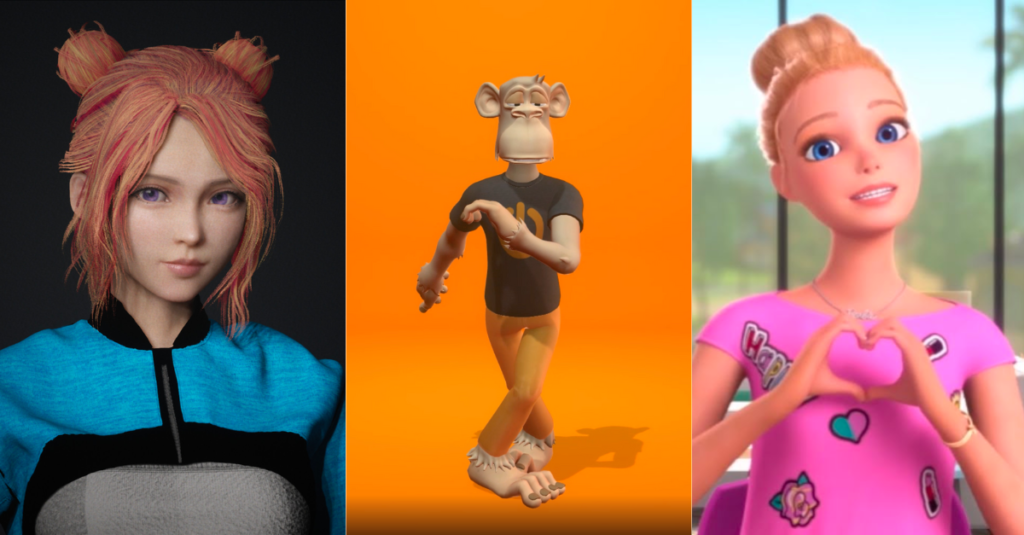Virtual influencers simulated by computer software are becoming quite popular these days. According to a study conducted by the Influencer Marketing Factory, nearly 58% of people follow a virtual influencer, and 65% of people say they have brought a product or service that was promoted by a virtual influencer.
You’ve likely have already stumbled upon a post or two from some of the most popular social media cyborgs like lilmiquela (3 million followers on IG), noonoouri (398k followers), and Shudu (227k), who all rack a fortune from various sponsorship deals from brands around the world. In this article, we look at the rise of virtual influencers in media and examine how brands have made the most out of the trend.
The new definition of virtual influencer
Virtual influencers (also known as “CGI influencers”) is a digital character that was basically made using computer graphics and software. The character is usually designed to emulate human emotion and experience; they also have their own personality. The creators of virtual influencers decide how they look and act in front of the camera, allowing them to create an avatar to best attract their target audience.
For example, the virtual influencer CodeMiko is an NPC character that travels to different game worlds and documents their journey on Youtube. Naturally, brands sponsor influencers like this to promote their own game.
The possibilities are endless for how virtual influencers can look and act. This makes their potential applications to entertainment and brand recognition just as endless.
How brands are extending their IP into the realm of virtual influencing
In the age of Youtube shorts, Tik Toks and Reels, video is king. “In a video focused digital landscape, brands are increasingly extending into personas and characters to reach audiences in a way that is organic to the platforms they are on,” Aquifer’s CEO Chen Zhang notes. Below, you will find a few examples of how brands are extending their personas into different channels.
1. They are finding revenue opportunities through personalized video platforms like Cameo
On Cameo, people can purchase personalized videos from their favorite celebrities or online personalities. Virtual influencers are now making a play for the platform by offering their content alongside these mega influencers. For instance, VTubers, online entertainers who use virtual avatars to sell personalized videos, are quickly gaining popularity on the platform. 442oons, an animated webtoon on Youtube with over 3.9 million subscribers, have also featured themselves on Cameo.
Recently, Aquifer partnered with Netflix’s True and the Rainbow Kingdom to bring the first 3D Avatar to the Cameo platform. Fans were able to purchase customized videos from the Netflix character as gifts for their children.

Similarly, Aquifer also brought the first Bored Ape NFT to the platform. The Bored Ape 9132 IS owned and operated by Adam Draper, founder and managing director of Boost VC, and enabled by instant 3D animation technology from Aquifer.
Essentially, brands are transforming their IP into virtual avatars that are being monetized with personalized videos.
2. Virtual avatars are now the face of many social media accounts
Instead of having to have costly actors or UGC influencers create content for you, brands are using virtual influencers to create content at scale. Qai Qai, a virtual avatar created by Serena Williams, is a virtual baby that is dominating Tik Tok with over 3.9 million followers.
Superplastic, a toy and entertainment brand based in Burlington, created a Tik Tok account for its iconic character to promote its various IP in a fun way. Their character is also seen wearing Gucci and loads of other luxury brands on their feed.


